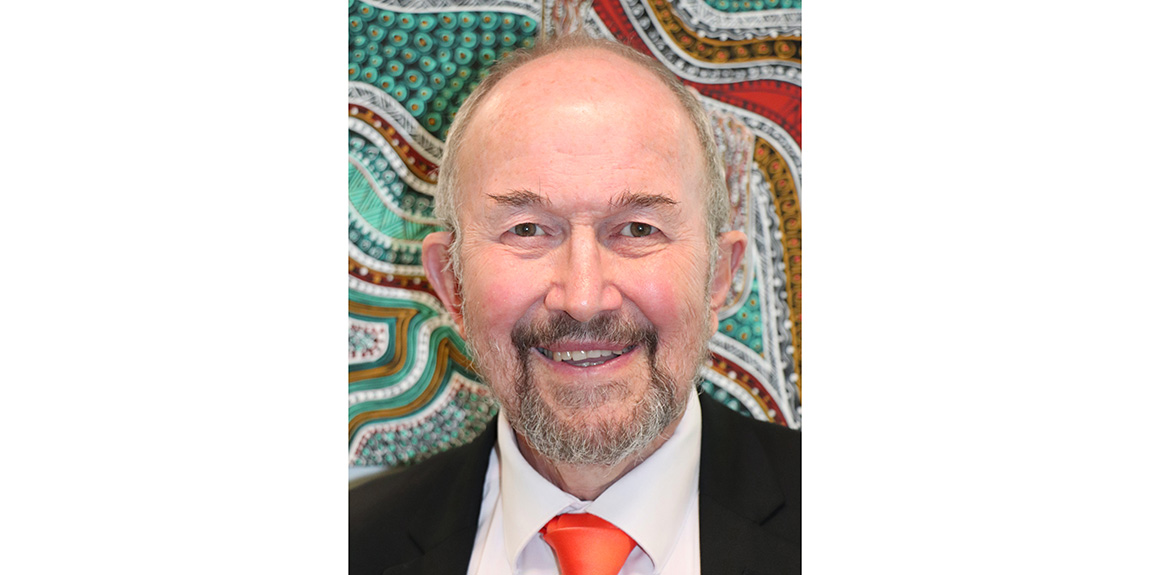
The Closing the Gap initiative sets targets for reducing the overrepresentation of Aboriginal children and adults in the criminal justice system.
What is not widely recognised is to achieve the targets we will need to address the overrepresentation of Aboriginal people in prison who have an impairment.
It is important to do this because many impairments can bring people to the attention of the justice system and affect their ability to communicate with it.
The justice system in Australia does not systematically collect statistics about Aboriginal prisoners. Although some statistics are available, improvements to the collection of statistics are essential to inform Closing the Gap initiatives.
An Australian Law Reform Commission report ‘Pathways to Justice – Inquiry into the Incarceration Rate of Aboriginal and Torres Strait Islander People published on 28 March 2018 stated:
Hearing impairment among adult Aboriginal and Torres Strait Islander prisoners is estimated to be extremely high--affecting between 80 to 95% of Aboriginal and Torres Strait Islander prisoners. This can result in communication difficulties when engaged with the criminal justice system, particularly where English is a second or third language.
Using the lower figure of 80%, an Aboriginal person with a hearing impairment is over five times more likely to be in prison than an Aboriginal person who does not have a hearing impairment.
A high proportion of Aboriginal children in detention also have foetal alcohol syndrome.
Other impairments that can affect interaction and communication with the justice system are autism, mental health issues, and cognitive impairments.
Some of these impairments are preventable and should be better targeted through public health promotions such as foetal alcohol.
Others are treatable, for example otitis media which is the major cause of hearing loss in Aboriginal people.
Culturally appropriate prevention and treatment programs to reduce impairment in Aboriginal children are required to help achieve the Closing the Gap targets.
Many of the impairments that affect communication may not be immediately apparent to a police officer, duty solicitor, magistrate, judge, or prison officer.
This can result in miscommunication, which may be compounded because many people who have a communication difficulty are either unaware of it or try to conceal it by agreeing with anything put to them.
Deafness Forum, the peak national organisation for hearing impairment, recently produced a paper Closing the Gap: Addressing the hearing health of Aboriginal and Torres Strait Islander peoples in the criminal justice system that addresses the issues and solutions for people with a hearing impairment in the criminal justice system.
One recommendation is provision of a hearing assessment prior to a person’s court appearance.
In the meantime, all involved in the justice system need to be aware of the high proportion of Aboriginal people in the justice system who have an impairment that affects their communication.
One way to address this is for the presiding officer to ask the defendant to repeat the charge after it has been read out.
This measure would reveal whether the charge has been adequately communicated.
If a communication difficulty is detected, professional communication assistance should be obtained.


